When Google first introduced ultra-wideband technology to its Pixel lineup back in 2021, it felt like the company was laying the groundwork for something big. The promise was clear: enhanced spatial awareness, precise tracking capabilities, and a new level of interaction between your phone and the world around it. Then reality hit: many Pixel owners cannot actually use UWB for what should be its most practical application.
Google has confirmed to Android Authority that precision finding support only works on Pixel 8 and newer devices. If you bought a premium Pixel 6 Pro or Pixel 7 Pro expecting full UWB functionality, you are stuck with severely limited capabilities. Beyond the technical disappointment, there is a clear financial sting, these flagship devices cost $899-$999 at launch, and people who chose Pro models for UWB are locked out of the technology's primary consumer benefit.
What went wrong with Google's UWB rollout?
This is not just a software oversight, it exposes a disconnect between Google’s hardware planning and software roadmap. While Google introduced UWB support with the Pixel 6 Pro in 2021, the company did not map out how the most useful UWB features would arrive later. That gap looks even wider when you remember Apple launched AirTags with full UWB precision finding the same year, a reminder that the technical requirements were already known.
Here is the technical breakdown: The Pixel 6 Pro's UWB chip lacks support for determining angle of arrival (AoA), which is critical for precise location tracking. Think radar that can tell you something is nearby but cannot point you toward it. Without AoA, the chip can detect proximity but cannot deliver the directional guidance that makes tracker finding useful.
That limitation snowballs into a clumsy user experience. With a standard Bluetooth tracker, you play hot and cold with beeps and signal bars. With proper UWB, you just walk toward the target with distance and direction updating in real time. Google's own support documentation acknowledges that precision tracking is not enabled on Pixel 6 Pro or Pixel 7 Pro, effectively admitting the hardware was not future-proofed for the feature users actually wanted.
How precision finding actually works on newer devices
When UWB precision finding runs on compatible devices, it feels transformative. UWB technology gives phones spatial awareness that borders on sci-fi. Instead of knowing your keys are somewhere in the room, your phone says they are two meters away, a little to your left, probably wedged behind that couch cushion.
The interface backs that up. When you are within about 20 meters of a UWB tracker, compatible phones switch to find nearby mode, and the screen becomes a kind of radar. A large directional arrow points to your lost item, and a distance counter updates in real time as you move. It is like turn-by-turn navigation for your living room.
The tech underneath is clever without being fussy. UWB measures signal flight time rather than relying on signal strength, which adds inherent security and reliability. Signal strength can be tricked by hackers who amplify signals, but light speed is constant, and added relays create detectable timing errors. The result is confidence, the directional arrow and distance readout stay accurate, without the false positives that plague other methods.
The limited tracker ecosystem compounds the problem
Even with a Pixel 8 or newer, the accessory situation is thin. UWB-capable trackers compatible with Google's Find Hub network are few and far between, so users struggle to find hardware worth buying while manufacturers hesitate to build for a small audience.
Competition does not help. Samsung's SmartTag Plus previously supported UWB; availability and Samsung's product lineup have shifted (SmartTag2 exists and retailer availability varies), so say 'availability is limited / Samsung has refreshed its SmartTag lineup' rather than 'is now discontinued. At the moment, your only viable option is Motorola's $29 Moto Tag, which launched in June 2024 and added UWB support through a firmware update.
For perspective, Apple has kept AirTags humming since 2021 with plenty of accessories and integrations, while Google users are still staring at a single practical choice. That is not just a product gap, it is a platform problem. Limited device compatibility plus uncertain support makes it hard for accessory makers to justify the effort.
What older Pixel owners can actually do with UWB
If you own a Pixel 6 Pro or 7 Pro, the UWB chip is not totally useless, just narrowly focused. Without precision finding, the UWB chip is only useful as a digital car key with select vehicles. Handy for a few, not the reason most people wanted UWB.
The automotive angle does show UWB's security strengths in the real world. It resists relay attacks that can fool traditional proximity systems. Walk up, the car recognizes the precise timing, the doors unlock, no drama. Of course, you need a compatible vehicle, and support is limited to certain brands and newer models.
The hardware limitation situation perfectly illustrates broader timing issues in Google's development cycle. Google shipped phones years before adding UWB precision finding to Find Hub-compatible trackers, so early buyers paid for future-proofing that never materialized. Like buying a smart home hub for promised devices, then learning your hub lacks the protocol to talk to them.
Looking ahead: What this means for the Pixel ecosystem
This saga hints at a larger coordination problem inside Google’s hardware playbook. The company is learning, all Pixel 10 Pro models feature UWB while the standard Pixel 10 lacks it, yet that choice creates a maze of tiers and compatibility charts for buyers to decode.
There is another wrinkle, Google's network still faces infrastructure issues that UWB precision will not automatically resolve. Think offline detection that still wants internet for nearby Bluetooth, missing touches like reverse phone-finding and location history, and lighter automation than competing platforms. UWB solves the last 20 meters, not the rest of the trip.
For Google’s long-term success, hardware, software, and third-party ecosystems need to move in lockstep from the start. Buyers should feel that choosing Google means reliable, long-lived features, not half-finished ideas waiting on a roadmap.
The bottom line for current users: if you want full UWB functionality, upgrading to Pixel 8 or newer devices is the only solution. That leaves many earlier-Gen flagship phones unable to access Find Hub precision-finding features without a device upgrade, a trust issue for a company trying to compete with Apple’s more mature ecosystem.




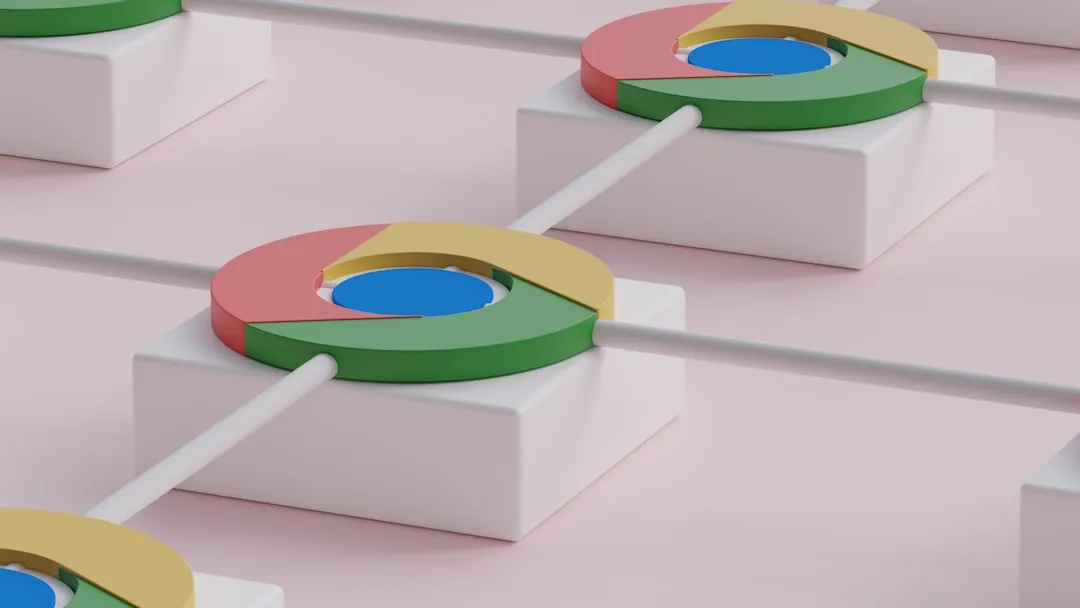
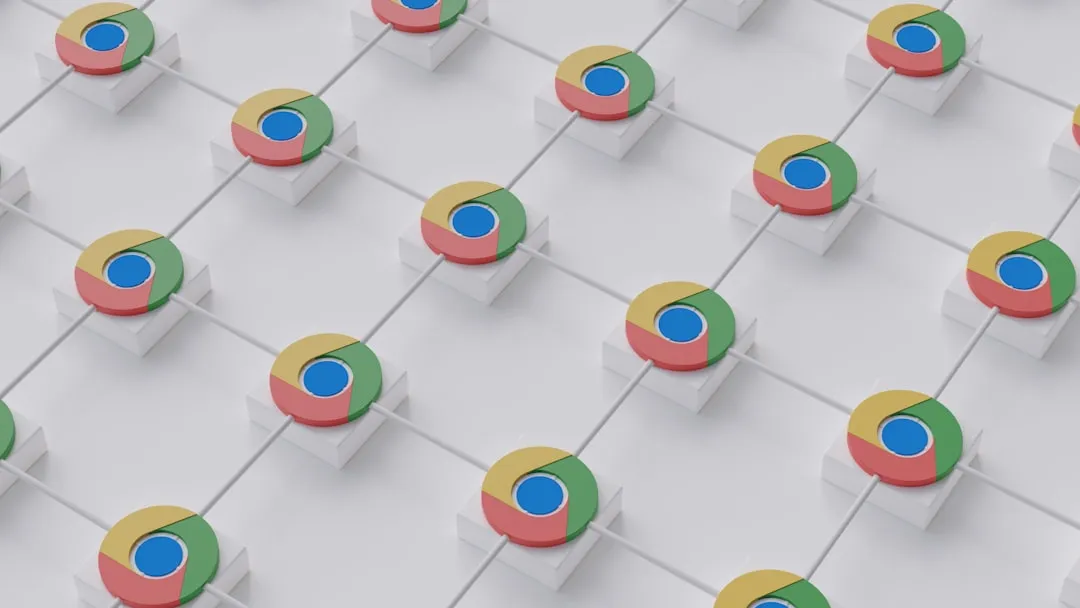
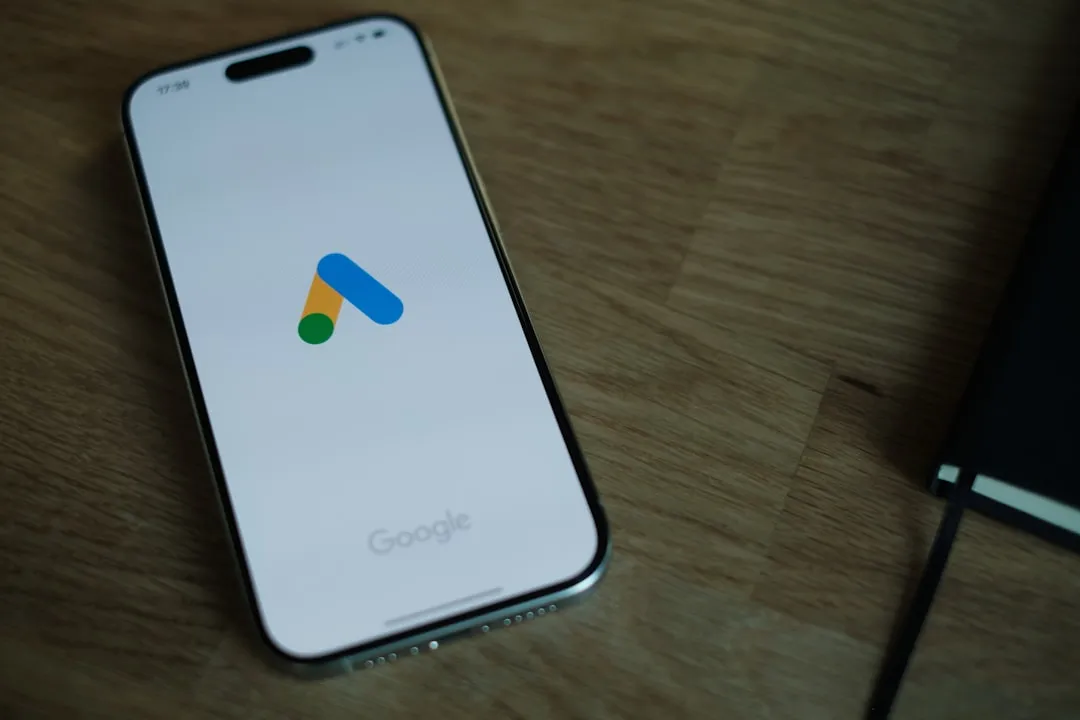

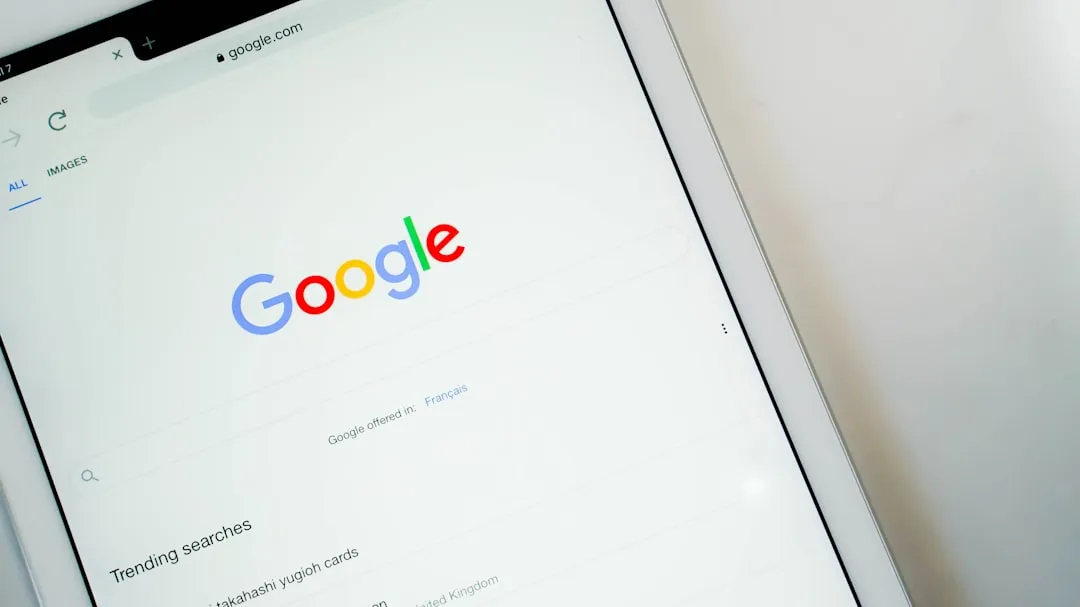
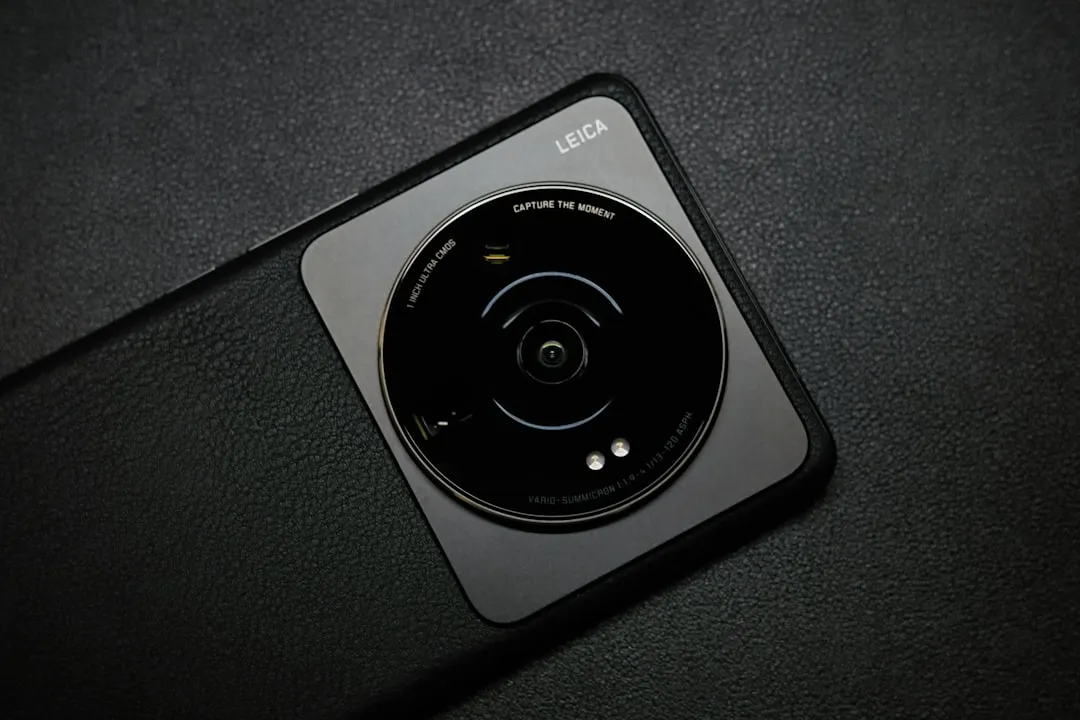
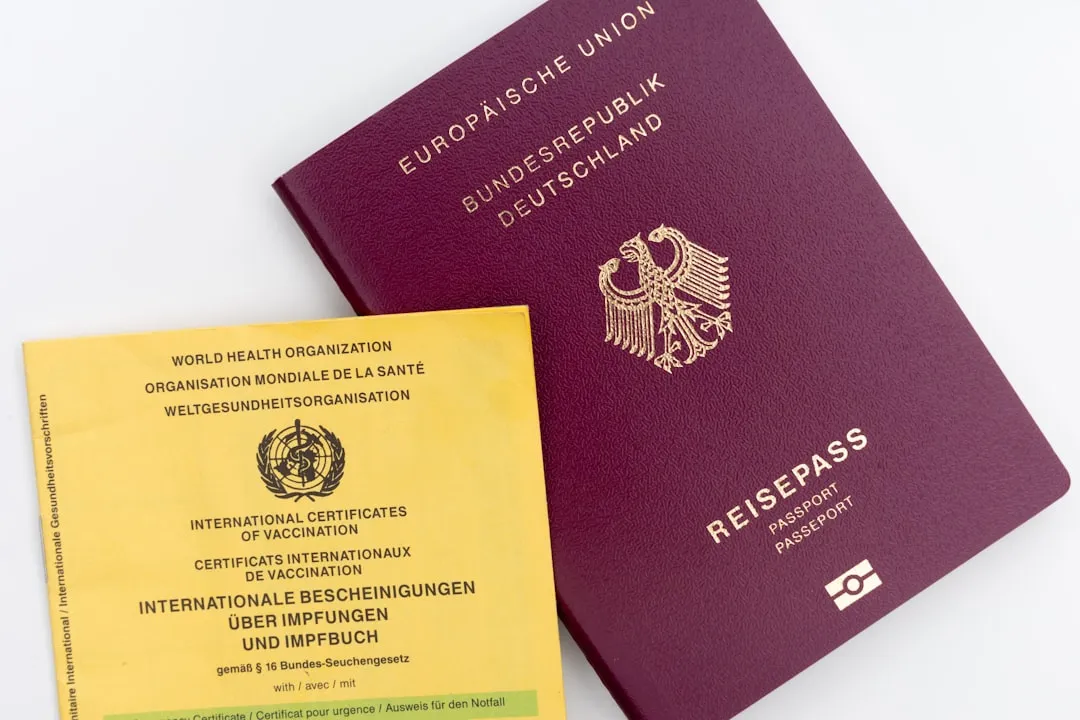
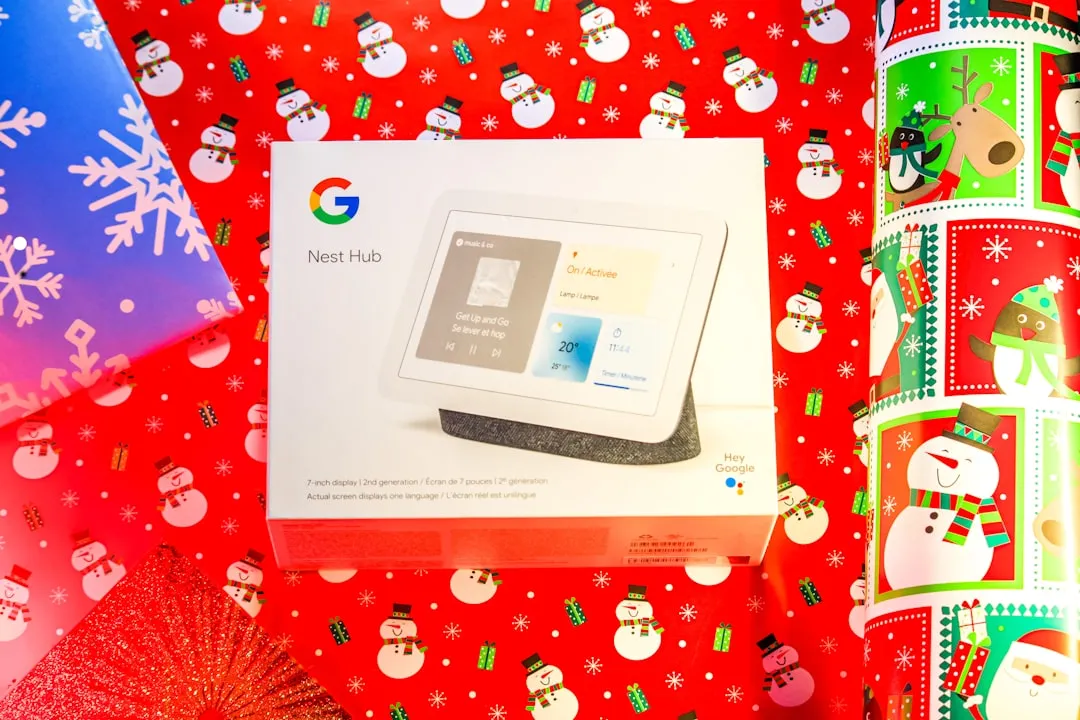
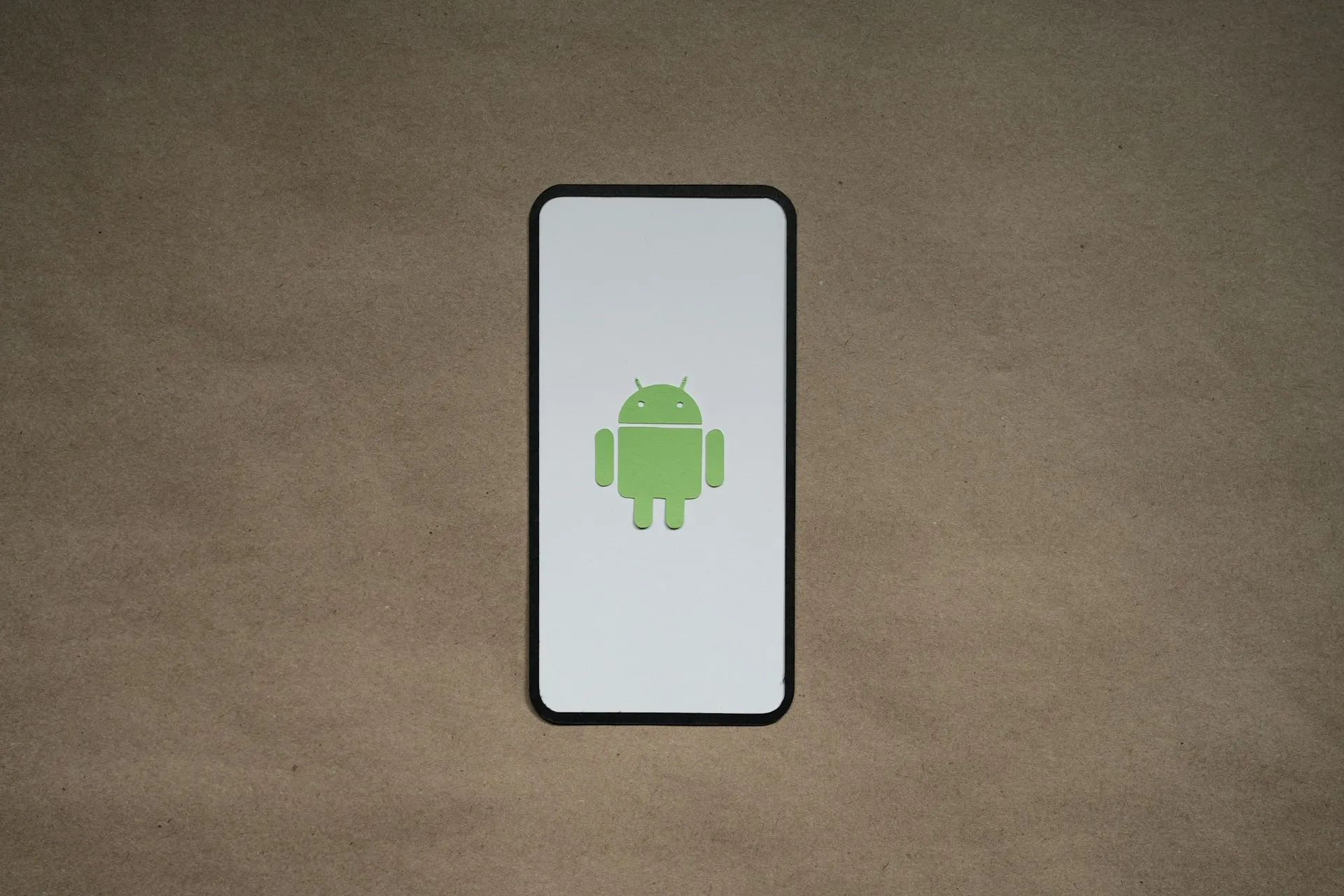
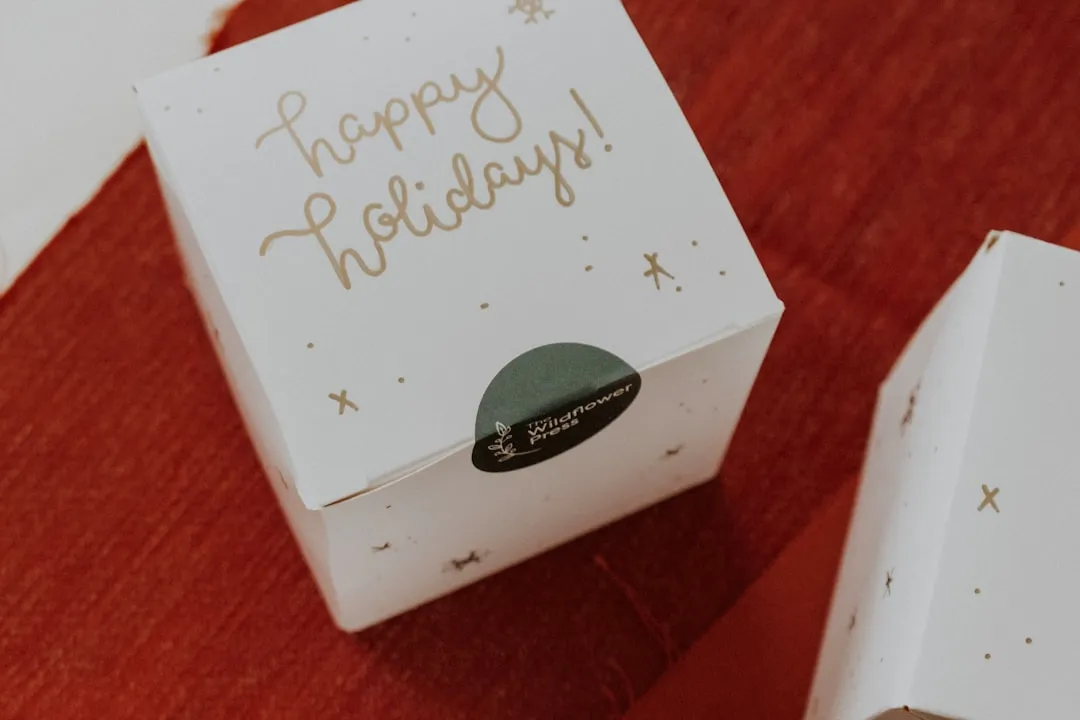
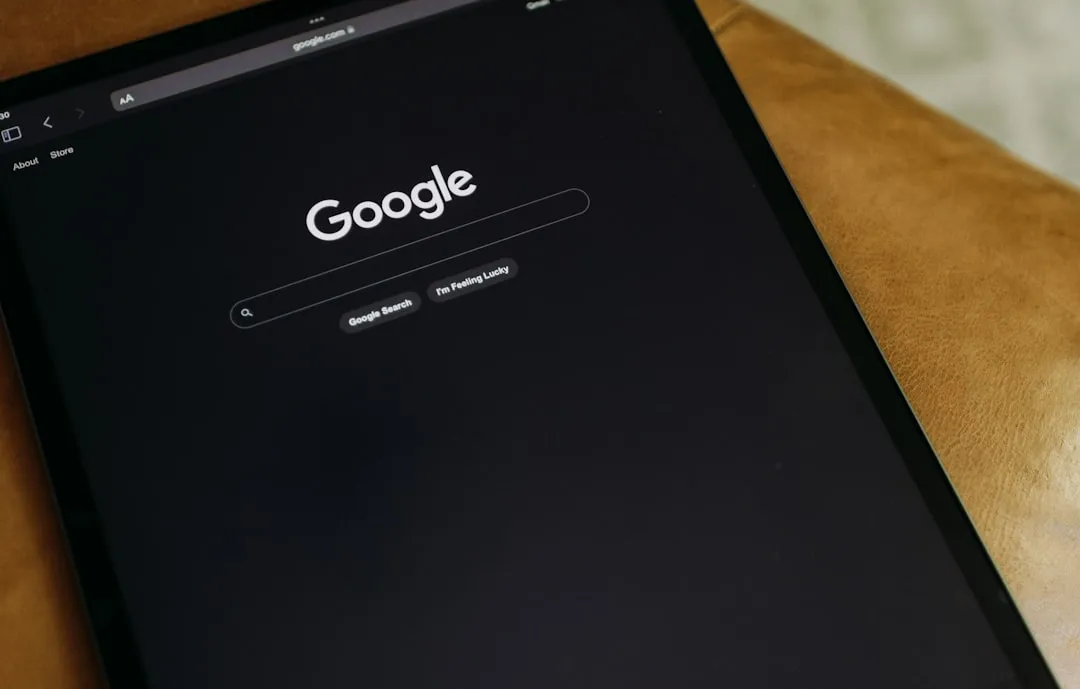
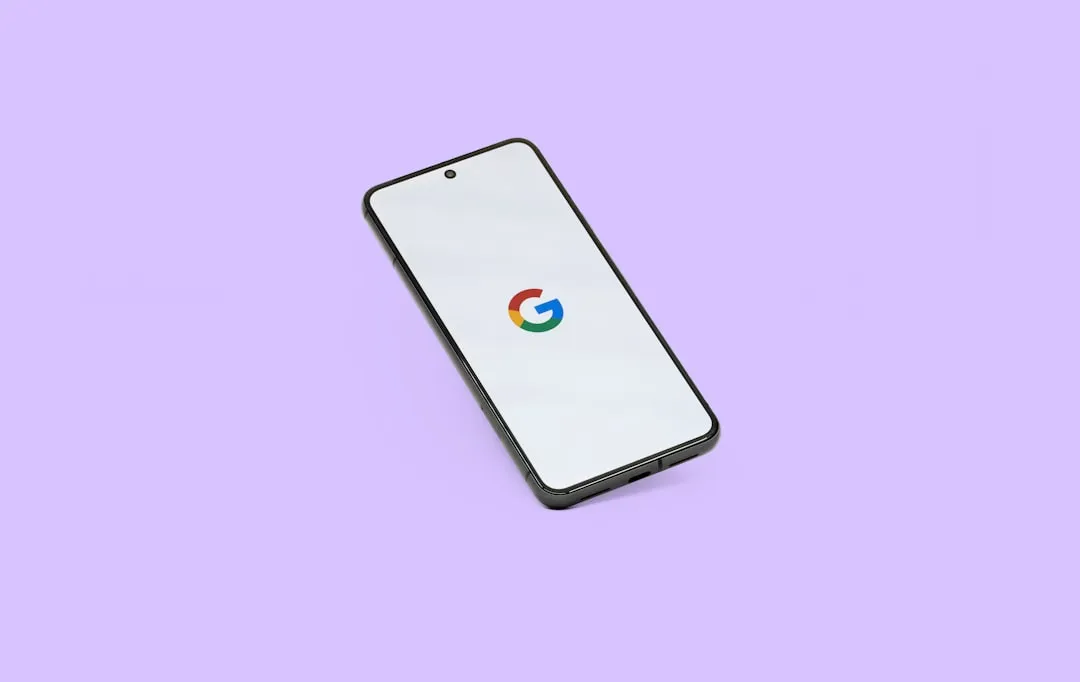
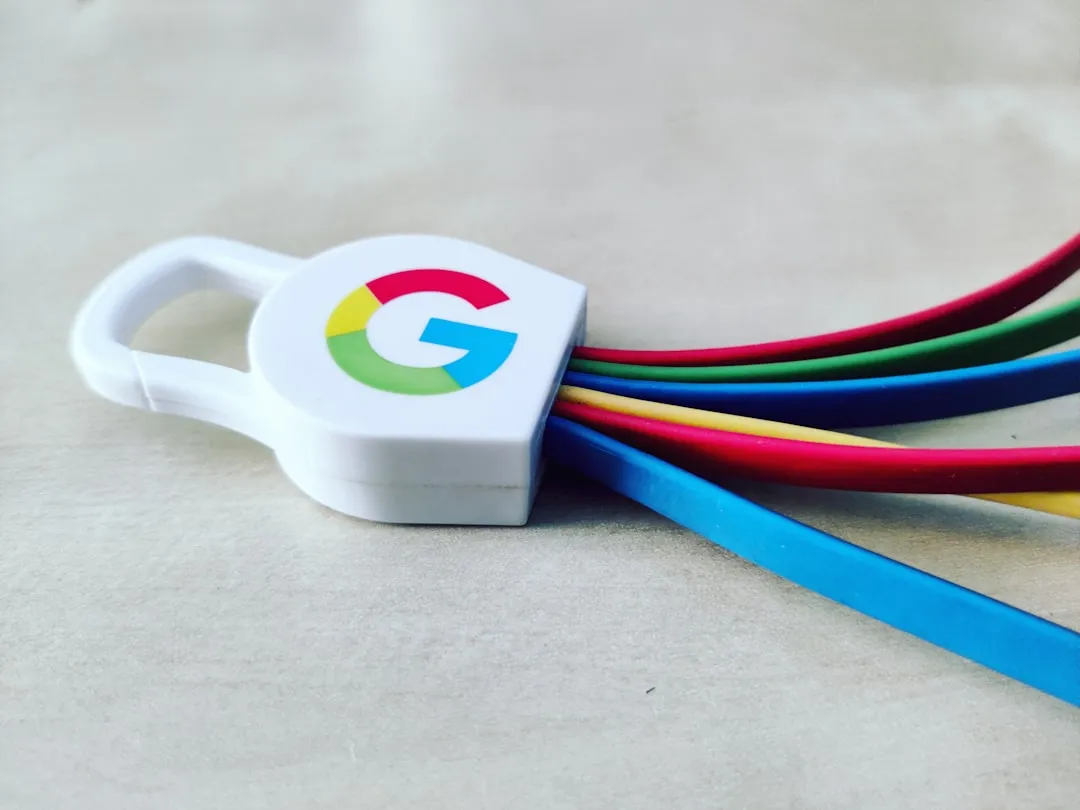
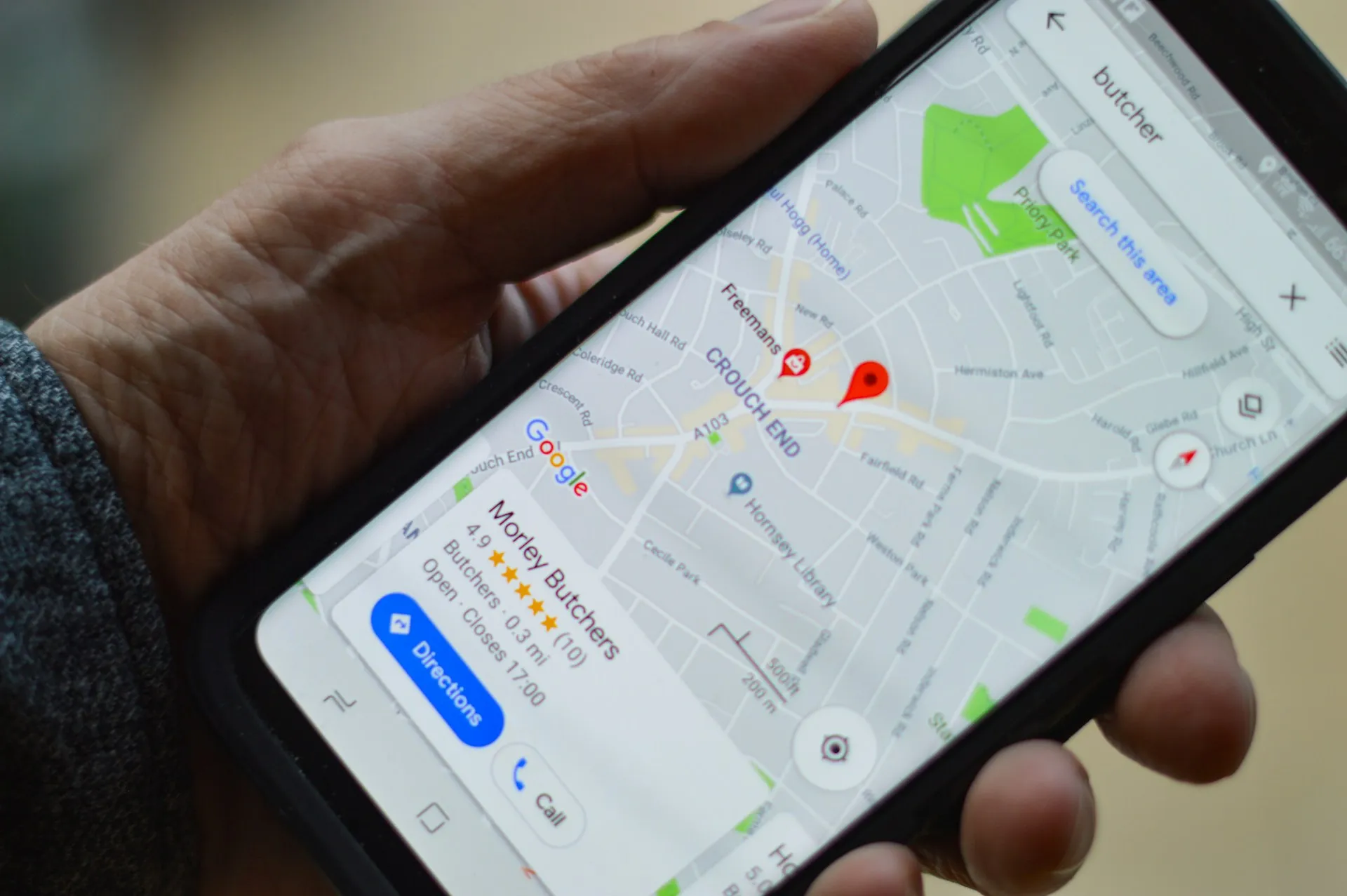
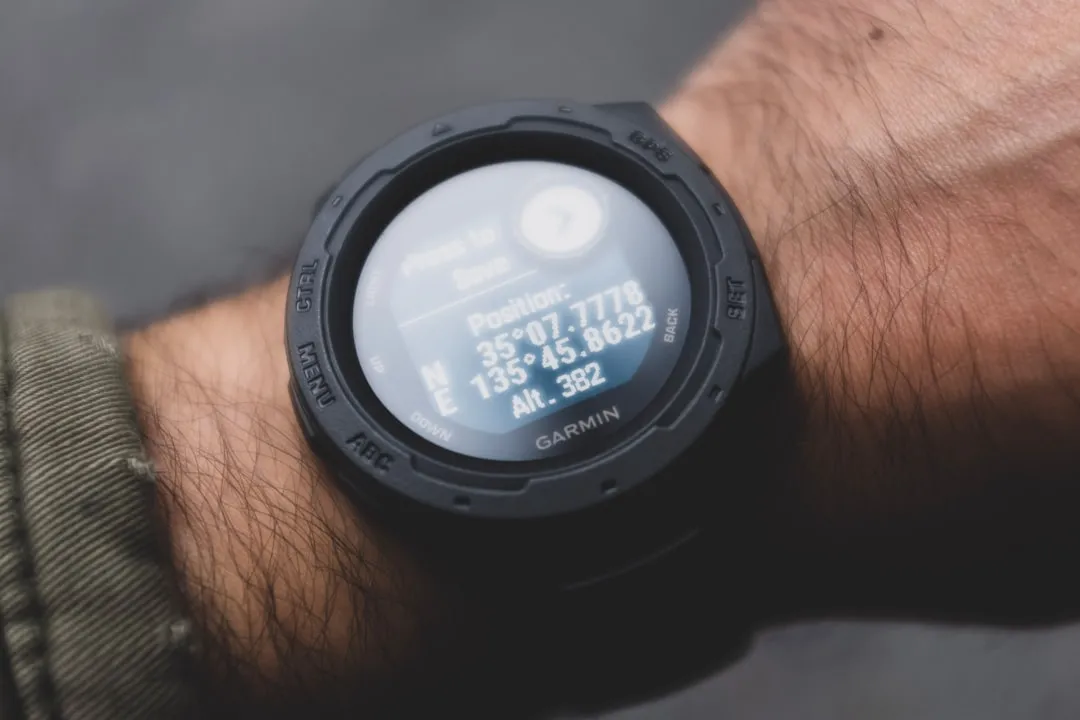
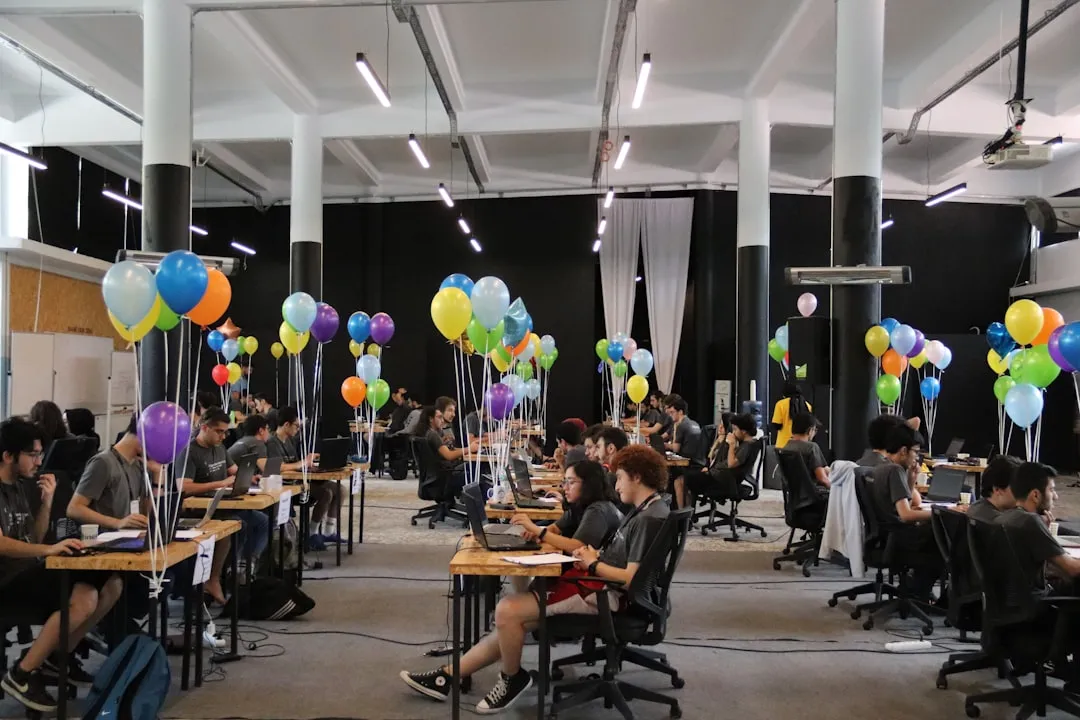
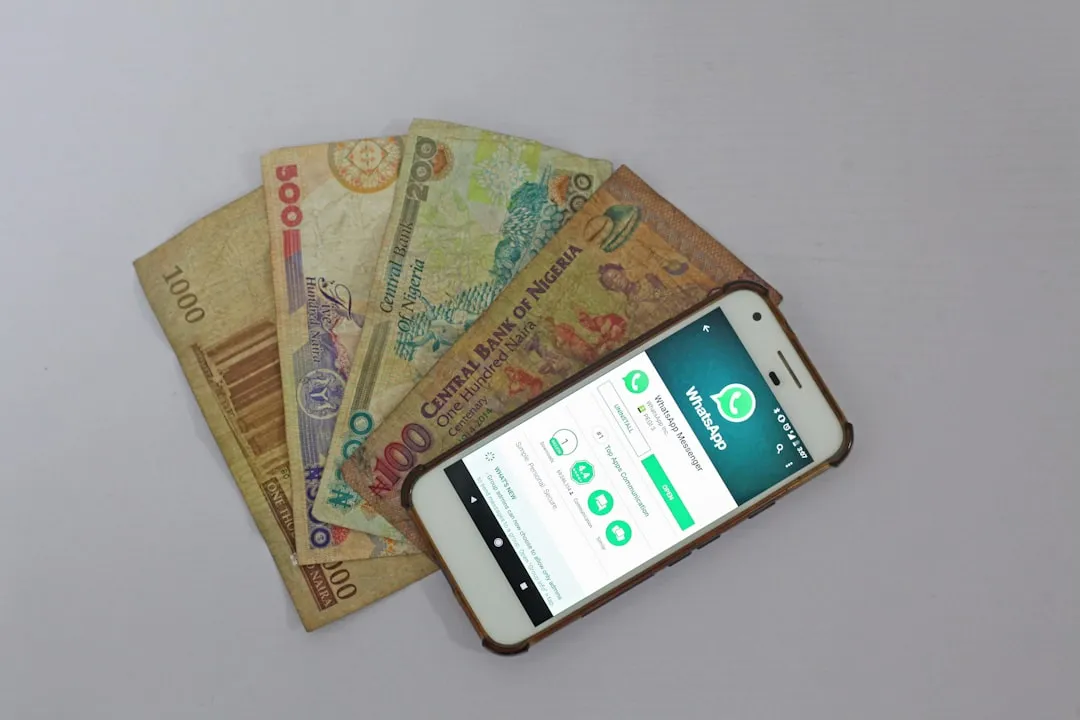
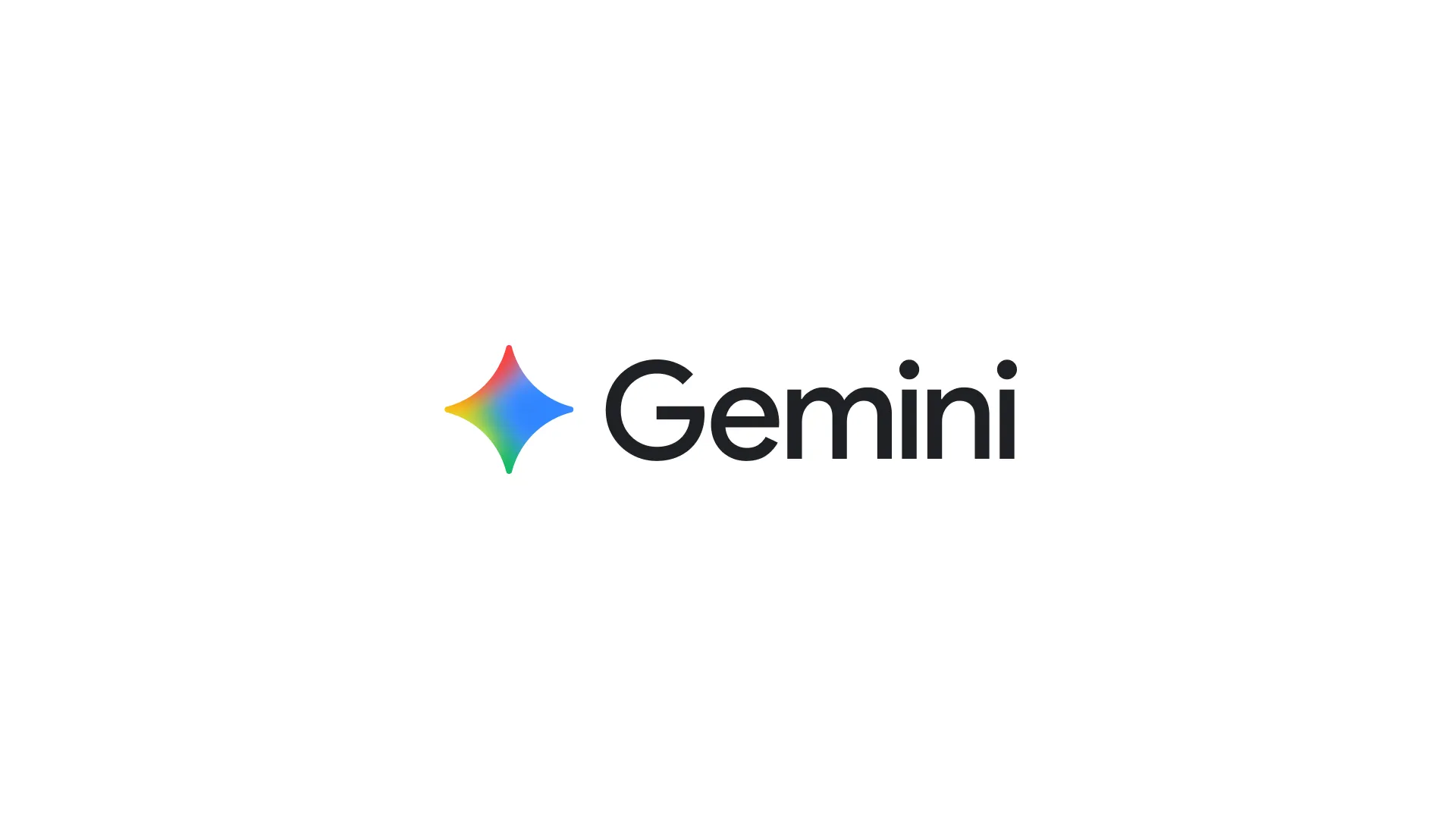
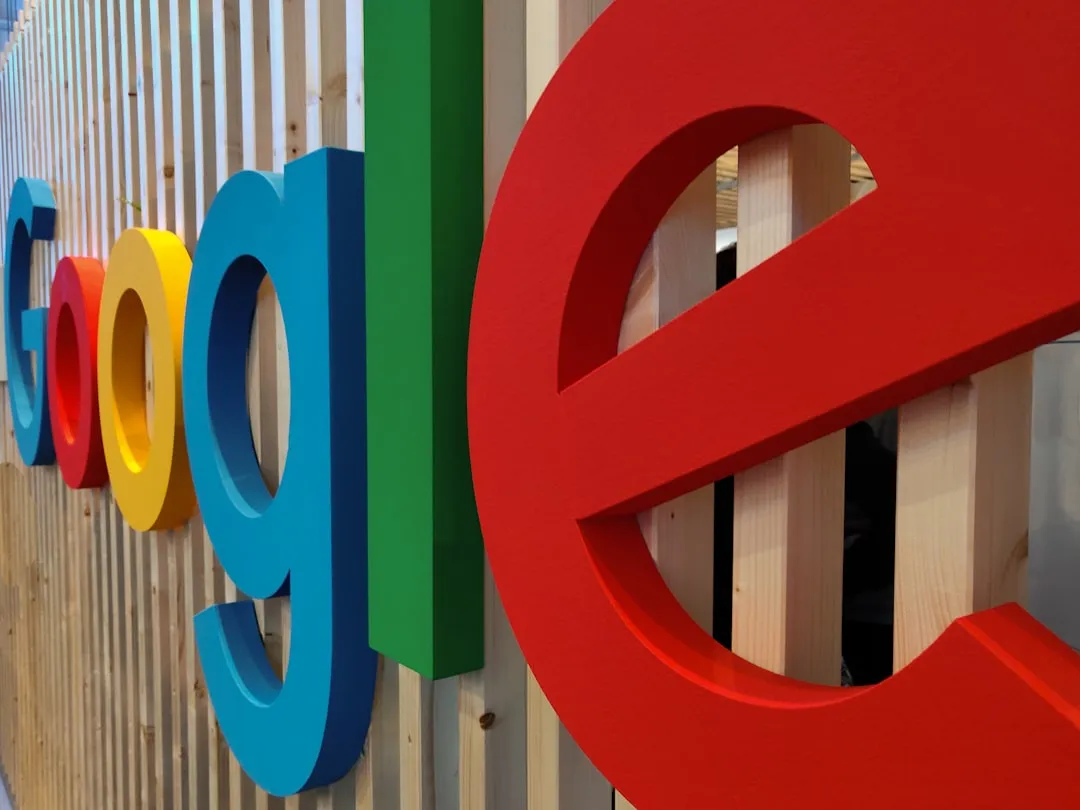
Comments
Be the first, drop a comment!